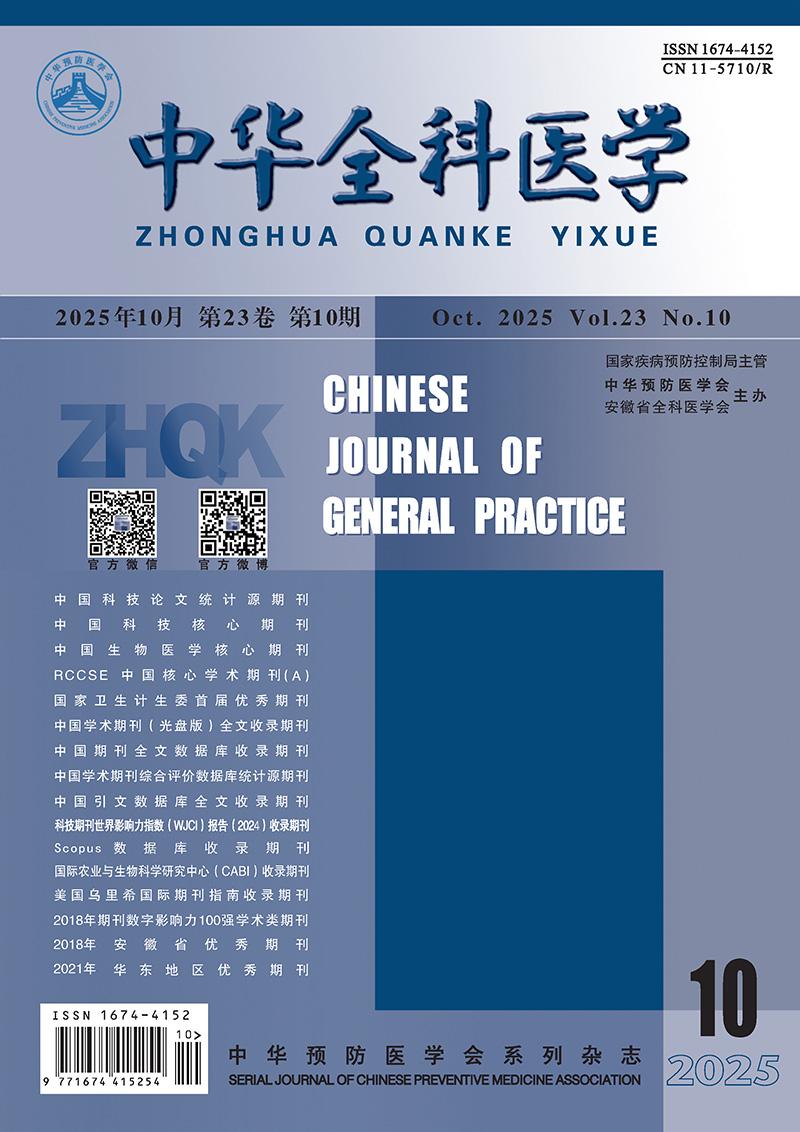Abstract:
Objective Child Life Program intervened the use of various measures to reduce children' s stress during medical processes. This study aimed to investigate the application effect of child life program intervened in children' s intravenous indwelling needle puncture. Methods From February 25, 2019 to June 12, 2021, 120 newly admitted children aged 3 to 10 years who underwent intravenous indwelling needle puncture from the First Affiliated Hospital of Anhui Medical University were collected and randomly divided into two groups by the radom number table method, with 61 cases in the intervention group and 59 cases in the control group. The control group used conventional children' s indwelling needle pre-puncture care and health education methods, whereas the intervention group used child life program intervention with routine education. Using the FLACC (face, legs, activity, cry, and consolability) pain behaviour assessment scale and the Wong-Baker faces pain rating scale, the degree of children' s pain during indwelling needle puncture was scored. The pain scores, compliance and one-time puncture success rate was compared. Results In children with good venous conditions at the puncture site, the FLACC scale scores [2(1, 3)] points and the Wong-Baker FACES scale scores [2(2, 3)] points of the intervention group were significantly lower than those of the control group [5(2, 8) points, 6(4, 8) points, Z=-4.335, -5.802, all P < 0.001]; Among the children who were operated by nurses with 6 to 10 years or more of experience, the FLACC scale scores and were significantly lower than those of the control group [2(1, 3) points vs. 4(2, 8) points, Z=-3.022, P=0.003; 2(1, 3) points vs. 5(2, 7) points, Z=-2.975, P=0.003]; And Wong-Baker faces scale scores and of the intervention group were significantly lower than those of the control group [2(2, 4) points vs. 6(3.5, 10) points, Z=-4.760, P < 0. 001; 2(2, 2) points vs. 6(4, 10) points, Z=-4.431, P < 0.001]. Moreover, the compliance of intravenous indwelling needle puncture and the one-time puncture success rate in the intervention group were significantly higher than those in the control group. Conclusion The application of child life program can reduce the pain response of children' s intravenous indwelling needle puncture, improve compliance and increase the primary puncture success rate.


